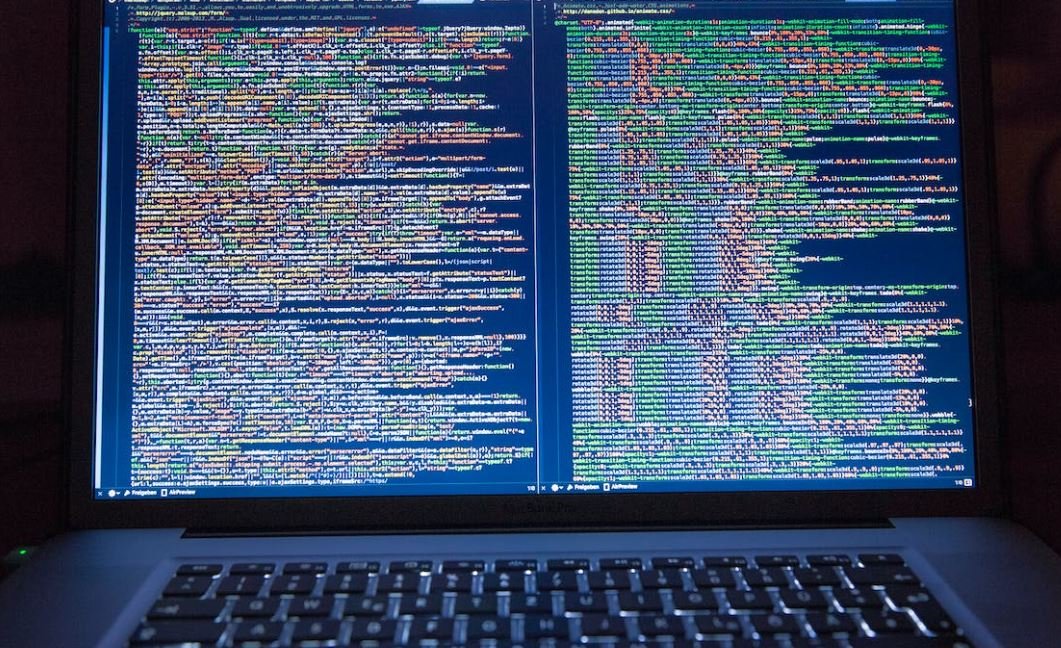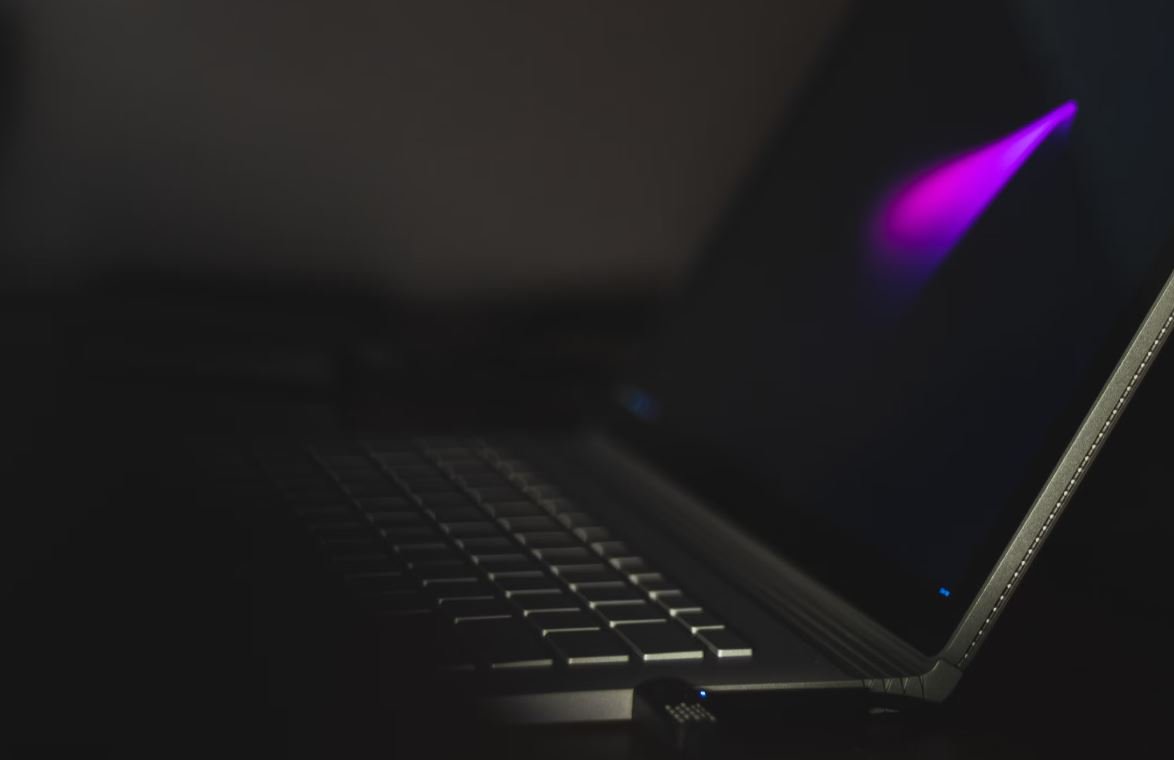What Is Deepfake
Deepfake is a term used to describe realistic but fabricated audio or video content created using artificial intelligence techniques, specifically deep learning algorithms.
Key Takeaways
- Deepfake refers to synthetic media that uses AI to manipulate or generate falsified audio or video.
- It combines deep learning techniques with powerful algorithms to create highly convincing fake content.
- Deepfakes pose significant ethical, legal, and social concerns.
- Understanding the technology behind deepfakes is important to combat its potential misuse.
Deepfake technology utilizes deep neural networks, a type of AI model, to process and analyze large amounts of data. These models are trained using vast datasets of real audio and video content to learn patterns, gestures, facial expressions, and voice intonations. With this knowledge, the AI algorithm can generate new content that closely resembles the source material.
*Deepfake algorithms can convincingly swap faces, lipsync, and even recreate human speech patterns with high accuracy*
The rapid advancement of deepfake technology has raised concerns regarding misinformation, identity theft, privacy breaches, and potential political manipulation. *Many believe that deepfakes have the potential to further erode trust in the digital era*
How Does Deepfake Work?
- Deepfake technology starts with training a neural network on a large dataset of real audio or video footage.
- Using this training data, the model learns the patterns, movements, and expressions of the targeted individual.
- Once trained, the model can then generate new content by altering facial expressions, lip movements, or even complete scenarios.
| Deepfake Pros: | Deepfake Cons: |
|---|---|
|
|
Not all deepfakes are malicious, as they can also be employed for legitimate purposes. For example, deepfake technology has applications in the entertainment industry for creating realistic special effects or digitally restoring old films. Additionally, some experts believe that deepfakes can potentially be used in avatar-based communication systems, where individuals can interact with virtual representations of themselves.
| Damaging Effects of Deepfakes | |
|---|---|
| Damage | Impact |
| Personal Reputation | Severe Emotional Distress |
| Political Manipulation | Undermining Democracy |
| Identity Theft | Financial Losses |
*The psychological impact of falling victim to a deepfake can be devastating, leading to trust issues, personal distress, and potential harm to one’s reputation*
Combatting the spread and potential harm caused by deepfakes requires a multi-faceted approach. Governments, tech companies, and individuals must work together to develop and deploy advanced detection methods and tools to identify deepfake content. Additionally, educating the public about the existence and potential dangers of deepfakes can help enhance digital literacy and critical thinking skills.
Conclusion
Deepfake technology, although capable of impressive audio and video manipulation, raises numerous ethical, legal, and social concerns. Its potential to spread misinformation, infringe upon privacy, and damage reputations highlights the need for robust countermeasures and increased public awareness. By understanding the technology behind deepfakes, we can better navigate this evolving landscape and minimize its potential harms.

Common Misconceptions
Misconception 1: Deepfakes are easy to detect
One common misconception about deepfakes is that they are easy to identify and detect. While some deepfakes may have obvious flaws, such as poorly aligned facial features or unrealistic movements, the increasing sophistication of deepfake technology makes it harder to distinguish between real and fake videos.
- Deepfakes generated by advanced algorithms can be incredibly realistic, making it difficult for humans to spot the fakery.
- Some deepfake creators use additional techniques to enhance the authenticity of their creations, such as adding background noise or mimicking camera distortion.
- The rate at which deepfake technology is progressing means that detection methods must constantly evolve to keep up.
Misconception 2: Deepfakes are only used for malicious purposes
Another misconception surrounding deepfakes is that they are solely used for nefarious purposes, such as political manipulation or revenge porn. While deepfakes have indeed been employed for these malicious ends, they also have positive applications that can enhance various fields.
- In the entertainment industry, deepfake technology can be utilized for computer-generated visual effects and realistic face replacements.
- Researchers and scientists can leverage deepfakes to simulate scenarios and gather data for studies without putting anyone at risk.
- Deepfakes can also be employed in training settings to provide realistic simulations for various professions.
Misconception 3: Deepfakes target and victimize only public figures
There is a common misconception that deepfakes primarily target public figures, such as politicians or celebrities. While it is true that public figures are often the subjects of deepfake manipulation, ordinary individuals can also fall victim to this technology.
- Deepfakes can be created using publicly available images or videos of anyone, making it possible for anyone to become a target.
- Cyberbullies and individuals with malicious intent may use deepfakes to harass and defame ordinary people.
- Personal relationships can also be affected as deepfake videos can be used to manipulate and deceive unsuspecting individuals.
Misconception 4: Only advanced technical skills are required to create deepfakes
There is a misconception that only individuals with advanced technical skills can create deepfake videos. While certainly some deepfakes are created by skilled individuals, the development of easy-to-use software and online tools has made it more accessible to a wider audience.
- Various deepfake apps and platforms have emerged, allowing users to create deepfakes without extensive technical knowledge.
- Online tutorials and guides are available that provide step-by-step instructions for creating deepfakes, reducing the barrier to entry.
- However, the quality of deepfakes created by inexperienced users may not be as sophisticated as those created by experts.
Misconception 5: Deepfakes will always remain a significant threat
While deepfakes undoubtedly present a real and concerning threat, there is a misconception that they will always remain a significant problem that cannot be effectively addressed. However, ongoing research and technological advancements are constantly aiming to mitigate the risks posed by deepfake technology.
- Experts are developing advanced detection algorithms to improve the identification of deepfake videos.
- Legislators and policymakers are considering regulations and legislation to address the malicious use of deepfakes.
- Collaboration between technology companies, researchers, and security experts continues to evolve to combat deepfake threats.

The Rise of Deepfake Technology
In recent years, the emergence of deepfake technology has raised significant concerns regarding its potential impact on various aspects of our society. Deepfakes refer to synthetic media, particularly manipulated videos or images, created using artificial intelligence (AI) algorithms. These sophisticated algorithms have the capability to superimpose one person’s face onto another’s body or alter the expressions and movements in a video. This article aims to shed light on the concerning aspects of deepfake technology through the presentation of various informative tables.
Table 1: Deepfakes vs. Authentic Videos
Comparisons between deepfake videos and authentic videos, highlighting the key differences distinguishing between the two.
Table 2: Deepfake Prevalence by Platform
An overview of popular social media platforms and their frequency of deepfake content dissemination.
Table 3: Deepfake Applications by Industry
A breakdown of industries that have witnessed the utilization of deepfake technology, including entertainment, politics, and security.
Table 4: Deepfake Generated Revenue
A comparison of the revenue generated by deepfake technology in recent years and its projected growth.
Table 5: Deepfake Detection Methods
A compilation of different techniques and algorithms developed for detecting and combating deepfake content.
Table 6: Deepfake Impact on Public Trust
Data highlighting the erosion of public trust caused by the proliferation of deepfake technology.
Table 7: Deepfake and Cybersecurity Risks
An exploration of the cybersecurity risks associated with deepfake technology, including identity theft and social engineering.
Table 8: Deepfake Regulations Worldwide
A comprehensive comparison of current international regulations and policies addressing deepfake creation and distribution.
Table 9: Deepfake Influence on Political Campaigns
An examination of the influence deepfake technology has on political campaigns and elections.
Table 10: Deepfakes in Popular Culture
A collection of examples where deepfake technology has been utilized in movies, TV shows, or other forms of entertainment.
In conclusion, deepfake technology poses various challenges and risks to society. It threatens the authenticity of multimedia content and has the potential to deceive and manipulate individuals on a large scale. As deepfake algorithms continue to evolve, the need for robust detection and regulation becomes increasingly important. Furthermore, public awareness and education are crucial in order to identify and critically evaluate the authenticity of the media we consume in this age of technological advancements.
Frequently Asked Questions
What is Deepfake?
A deepfake refers to the use of artificial intelligence technology to create or manipulate synthetic media, such as images, videos, or audio, to depict something that did not actually occur. It combines deep learning algorithms with advanced image processing techniques to generate convincing and often realistic fake content.
How does Deepfake technology work?
Deepfake technology utilizes deep learning algorithms, particularly generative adversarial networks (GANs), to analyze and replicate patterns present in a large dataset of real media. By training these algorithms on authentic images or videos, they can learn to create highly plausible fakes by altering or substituting specific elements in the original content.
What are the potential applications of Deepfake?
Deepfake technology can have both positive and negative applications. It can be used in the entertainment industry for creating digital doubles of actors or enhancing visual effects in movies. However, it also poses significant risks when utilized for spreading misinformation, cyberbullying, or malicious purposes, such as political manipulation and revenge porn.
What are the ethical concerns surrounding Deepfake?
Deepfake technology raises numerous ethical concerns. It can be exploited to deceive or manipulate individuals, erode trust, and enable harmful activities. The lack of consent when someone’s likeness is used in a deepfake also raises privacy and consent issues. Additionally, deepfake content can be difficult to detect, leading to potential social, legal, and reputational consequences.
Is it legal to create or share Deepfake content?
The legality of creating or sharing deepfake content varies depending on jurisdiction. In many countries, using someone’s likeness without their consent or in a defamatory manner can be illegal. Some jurisdictions have started implementing laws specifically targeting deepfakes to combat the potential harms they cancause. However, the legal landscape is still evolving and can differ significantly between countries or states.
How can I spot a Deepfake?
As deepfake technology advances, it becomes increasingly challenging to spot manipulated content with the naked eye. However, some common signs can indicate the presence of a deepfake, such as odd facial movements, inconsistent lighting or shadows, unnatural blurring or distortion, and audio discrepancies. Fact-checking sources and using reputable media outlets can also help verify the authenticity of content.
What measures are being taken to combat Deepfake?
In response to the risks posed by deepfake technology, researchers, technology companies, and policymakers are working together to develop various countermeasures. These include the creation of advanced detection algorithms, increasing media literacy to help individuals identify deepfakes, and advocating for responsible use of AI and stringent regulations to deter malicious use.
Can Deepfake be used for positive purposes?
While deepfake technology has primarily been associated with negative aspects, it also has potential positive applications. For instance, it can be utilized for dubbing or translating content, preserving historical or cultural heritage, and aiding in medical research or simulation. The responsible and ethical use of deepfake technology in such contexts is crucial.
What can I do to protect myself from Deepfake-related threats?
To protect yourself from deepfake-related risks, it is essential to practice media skepticism and verify the authenticity of content before sharing or believing it. Being cautious while interacting with unfamiliar online sources, employing privacy settings on social media platforms, and regularly updating antivirus software can also help mitigate the potential impact of deepfakes.
Where can I find reliable information and resources on Deepfake?
Several organizations and platforms provide valuable information and resources about deepfake technology. Reliable sources include reputable news outlets, academic institutions, and government websites that cover the topic. Additionally, organizations like the AI Foundation and the Deepfake Detection Challenge offer resources to understand, detect, and combat deepfake-related threats.




